SAP HANA Trends in 2017
Category: SAP HANA Posted:Jul 05, 2017 By: Ashley Morrison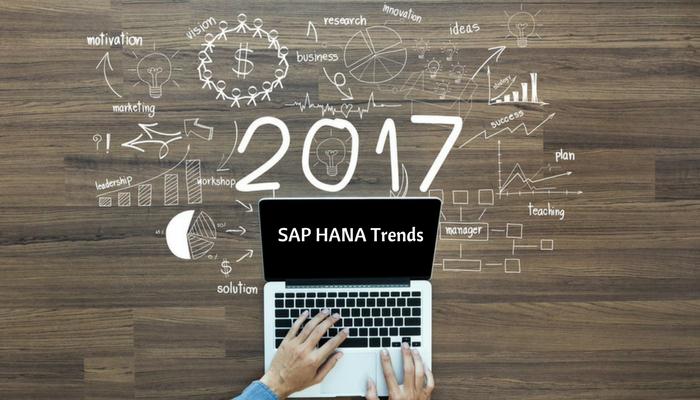
Most forecasts with regard to SAP tend to transform into reality at an accelerated pace. This makes it worth our time to gain some perspective from a business viewpoint from the SAP Database and Data Management group. Given below are some important trends expected with regard to SAP HANA in 2017.
NoSQL becomes a feature of general purpose databases
Market leading NoSQL and relational vendors are bound to adopt multi-model approaches towards opportunities that can be subjected to expansion. NoSQL data models have unleashed general purpose databases capable of addressing a wide range of use cases and are present in the market, especially with regard to a revenue perspective. As proof to this assumption, market leading relational database vendors has included NoSQL models to their portfolios to stay competitive. Also seen is a trend of such similar NoSQL vendors including additional models in order to expand applicability.
In the current state of the market, multi-model elements are found to be unique with market experts expecting integration and convergence at administration and management levels as and when market vendors have evolved to leverage a consolidated multi-model platform.
Smart development enterprises are shooting for investments in NoSQL in the current market scenario to harness the benefits of the same in future years.
Machine Learning extends beyond Advanced Analytics
Machine learning is fundamental, the ability of computers to learn without being explicitly programmed. Consumers are able to currently see that text prediction in mobile phones is possible based on previous messages sent. This will impact the modern enterprise greatly since it is poised to become an essential core element of every data platform available in the market. The Chief Innovation Officer of SAP, Juergen Mueller has stated that Machine Learning has become a part and parcel of the modern computing world, just as electricity has become a part of the world since its discovery. Advances in computing power and the availability of Big Data are driving the consistent and sustained growth of Machine Learning. This makes it feasible to implement Machine Learning to a broader spectrum of applications which are data-driven beyond the mere predictive analytic algorithms that are in play in the current market scenario. Along with the stand-alone algorithmic platform service, Machine Learning is also being applied to enhance the intelligence of current analytic and data tools. This is done through smart data discovery, preparation, quality and visualization. Major platform vendors have included Machine Learning to their platforms for various enterprises to use. 2017 will see Machine learning or ML alongside cognitive computing make their presence felt in the data platform market, with ML making applications smarter, and cognitive computing will make applications easier and more intuitive in their use. These advances will introduce a vast amount of changes to computing world as we know it starting from the year 2017.
Data Transforms into a Tradable Asset
The amount of data streaming into enterprises today is equivalent to a data explosion of sorts, with most organizations having more data than they know what to do with. This leads to scenarios where data is under-utilized and leads to resource drain from within the enterprise.
With enterprises starting to comprehend the potential value hidden within data sets, they are looking for ways to monetize data as actual profitable assets. Smarter enterprises (irrespective of size) have obtained a sizeable handle on their data, cleverly commercializing proprietary internal data while enhancing analytics with the third-party external data. Technology vendors, professional services firms, Data brokers and specialist service providers are looking into the development of services to help support this, which will, in turn see the rise of data marketplaces. Enterprises will also look to enhance their internal analytics through the enforcement with the third-party external data. Vendors will also aim at providing a distinction between their analytics and data platforms by differentiating between them with content that has intrinsic value-addition carried out.
SAP HANA Adoption Trends
How SAP HANA enhances productivity in the organization and offers significant cost savings in both maintenance and development.
It is a known fact that when data is available at the right time and form, highly efficient business decisions can be made than would otherwise be possible. Vendors now provide a wide range of enterprise solutions towards the extraction of useful information from a large selection of data sources. SAP HANA is an excellent RDBMS with massive potential expected in the processing of large volumes of data in server memory by rummaging through the database capabilities, application platform execution and data-processing. SAP HANA has been widely hailed as the next big breakthrough in enterprise IT.
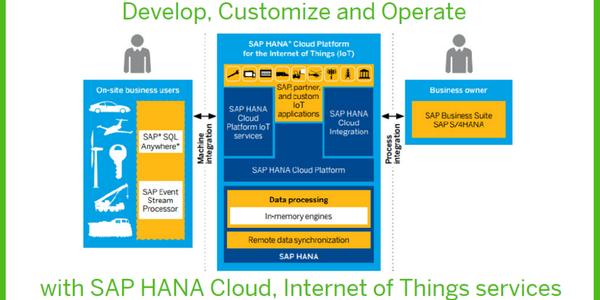
Figure 1: SAP HANA Cloud
HANA is a High-Performance Analytic Appliance which is also an in-memory platform to process high volumes of transactional and operational data in real-time. The in-memory technology offers instant responses to queries without any downtime. This is regarded as a game changer in the IT industry as the complete database is stored on the server memory utilized for real-time analysis and processing. This is in stark contrast to data stored in disks where analysis is done in set increments through repetitive disk read-write activity.
Simply put, HANA is a memory database which supports SQL standards coupled with Multi-Dimensional Expressions (MDX). HANA also offers columnar data storage and is compliant with ACID standards (Atomicity, Consistency, Isolation, Durability – this ensures that the database transactions are processed reliably), an ISO standard which makes it a highly preferred platform by Data Scientists and Analysts. Along with these benefits, SAP HANA also has a programming element which aids the organization’s IT unit to generate custom applications atop HANA database. The platform also offers a suite for integration of various data sources and to execute different types of analytics such as predictive, spatial, text, and a whole lot more. The appliance can run in parallel with SAP ERP software where Analysts can tap into real-time transactional data as against waiting to run daily or weekly reports.
Learn SAP HANA from Industry Experts
According to SAP, customer adoption for HANA is consistently growing across several industries with already 6400+ customers utilizing the platform and this statistic is likely to increase in the coming years as stated by the SAP CEO. Some of the major business drivers for SAP HANA adoption are explored, from a business perspective:
1. Analytics, Dashboards and Operational Reporting: Organizations look for in-depth information, and the efficacy of information is enhanced greatly when available in real-time. HANA provides for data to be displayed dynamically without aggregation and can be visualized in various dimensions for decision making and the verification of various business processes. Analytics can be executed utilizing real-time data or even archival, historical data with predictive libraries that are prebuilt.
2. Data Warehousing and Data Marts: This aspect allows for the streamlining of data in centralized store or in business departments for highly efficient management. SAP HANA provides predictive analytics to recognize trends and arrive upon more efficient enterprise strategies. Data warehousing applications can be sped up with on-the-fly aggregations and coupled analysis. Analytics can be executed utilizing varying forms of data and alongside with streaming data.
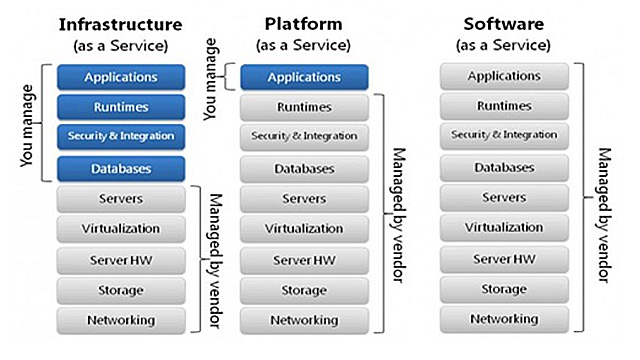
Figure 2: Comparison of Services
3. Business Operations are optimized: With HANA, the enterprise will be enabled to respond quickly to dynamic business needs or market trends stay ahead of the competition. The in-memory technology within HANA speeds up application performance, offers real-time reporting, also provides BI tools. They can also execute complex ERP or MRP applications to customize information using real-time data. This aspect is advantageous when contrasted with traditional enterprise applications along with analytics tools.
4. Support for Big Data: SAP HANA can obtain and process petabytes worth of data volumes from a wide collection of sources containing various data formats. Big Data Analytics is sought by organizations to refine business insights and target customers with customized product and service offerings. HANA suite also provides Big Data development and analytics tools.
5.Operational Intelligence in real-time: SAP HANA supports real-time organizational operational intelligence through which insights can be obtained progressively.
6. Automation and Simulations, Decision making: The Advanced Analytics feature in HANA can be used to transform business insights into executable actions. Decision support is provided by in-memory algorithms in SAP HANA which is able to simulate business scenarios and forecast future outcomes, risks. And this is all done utilizing real-time and historical data.
Benefits realized from SAP HANA
The most notable business benefits derived from SAP HANA adoption include:
- Accelerated forecasting and business strategy development while eliminating delays
- Business performance is understood better with the ability to monitor the same in real-time
- Enhanced marketing campaigns through the elaborate use of Data Analytics
- Prevent unscheduled disruptions and avoid risks in business operations
- Execution of accurate business decisions
Businesses have started to identify the potential of SAP HANA as an in-memory computing and are an emerging technology area preferred by CTOs and IT executives alike. SAP HANA improves productivity in the enterprise to a great extent and provides significant cost savings in both maintenance and development. In the research study conducted by Forrester, it was found that enterprises while using SAP HANA, the software development costs were cut down by close to 70%, administration costs were cut down by 20% and hardware spending was cut down by 15%. Therefore, SAP HANA is has proven to benefit organizations in both business and technology.
Google Cloud gets SAP HANA on Board for Enterprise Momentum
A new partnership between SAP and Google which has been labeled has “co-innovation” will see both enterprises working in tandem to aid organizations to shift into the digital business age through the extensive use of the Cloud. Through such a partnership customers who utilize SAP HANA in-memory technology will currently be capable of securely executing that system on the Google Cloud Platform itself.
This announcement was made ahead of the Google Cloud Next 2017 event which took place from March 8-10 2017 in San Francisco, USA. This is a strategic partnership which is highly significant for Google’s enterprise Cloud plans. SAP has a comfortable number of SAP HANA Enterprise customers going up to 5,400 and offers them database system on Google’s Cloud competition such as Amazon Web Services and Microsoft Azure.
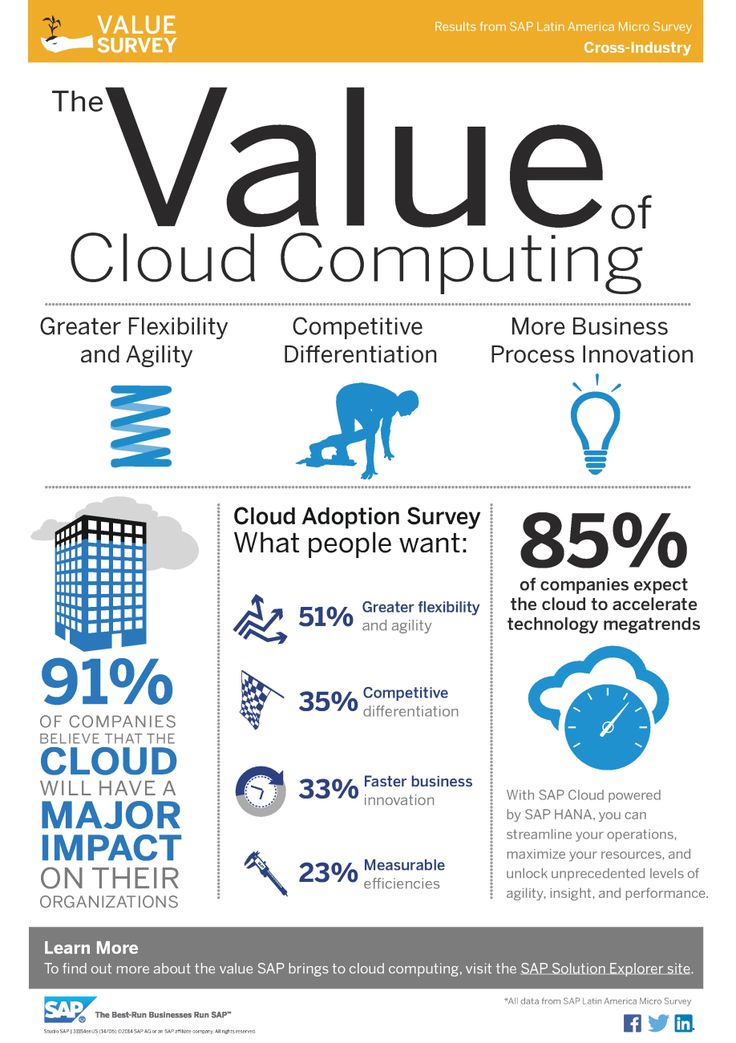
Figure 3: Cloud Computing and SAP HANA
SAP also intends on making the express edition of HANA available to developers as part of its new working relationship with Google. This will be achieved through on-demand deployment through the Google Cloud. The partner organizations also plan on working in unison to make SAP’s platform-as-a-Service (Paas) offering accessible on the Google Cloud Platform while integrating SAP applications with Google’s G Suite for productivity.
The Start of Partnership Fuelled Innovation
An executive board member for SAP products and innovation named Bernd Leukert has stated that the size, scope, and scale of both partnering companies have facilitated an amazing opportunity to comprehensively transform the manner in which enterprise software and business processes are executed in the digital economy. With this only being considered as the start, Machine Learning has gained an increasing amount of importance in the current market scenario meaning that Google and SAP are aiming to collaborate in this area leveraging the technological capabilities of both the enterprises.
This new partnership has made Google Cloud the very first public cloud vendor to provide the SAP HANA express edition to developers on demand, as stated by Nan Boden, the head of Google’s global technology partners. This will allow developers to create custom applications for enterprises with the flexibility of on-demand, and near instantaneous deployment using Google’s Cloud Launcher marketplace for enterprise partner applications.
New Integration with G Suite
Along with the shift of HANA onto Google’s cloud, SAP applications will also be integrated with Google’s cloud-based G Suite for productivity which was previously known as Apps for Work, to allow SAP customers to access Google applications more seamlessly, including Gmail, Calendar and Sheets.
The new levels of integration between SAP and Google Cloud have already established the technological path for easier collaboration among users at Colgate-Palmolive, as stated by Google representatives. A customer of SAP for 23 years, Colgate-Palmolive last year shifted all its employees numbering up to 28,000 worldwide into G Suite.
The implementation was said to have taken only six months. And, after a mere three months, they were found to be working differently, and even collaborating more easily and effectively. The organization also expects to gain more advantages through other SAP-Google partnership efforts such as integrating Google’s Machine Learning with SAP’s business process expertise. Also, included was the integration of SAP’s Digital Boardroom, a co-innovation between SAP and Colgate, with Google Slides.
Register for live webinar on SAP HANA by Industry Experts
Conclusion
SAP HANA in 2017 is touted to make giant leaps in terms of technological advancements to cater the ever changing and increasing needs of organizations in the current market scenario.
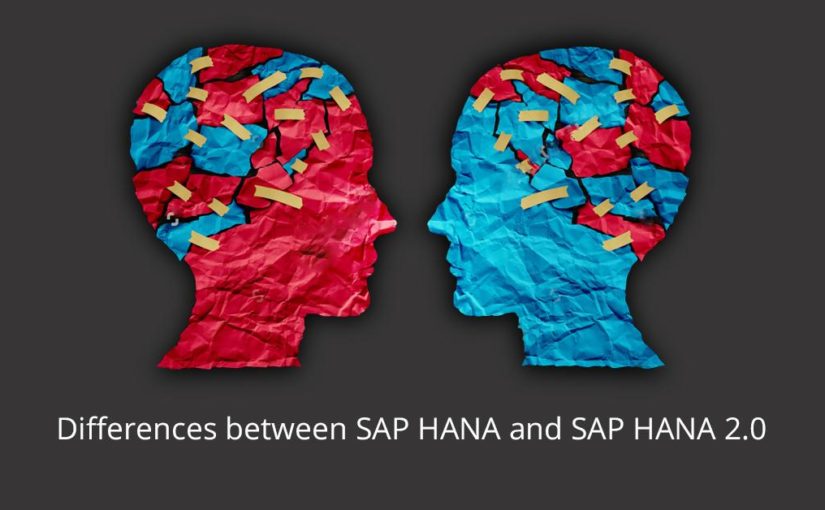
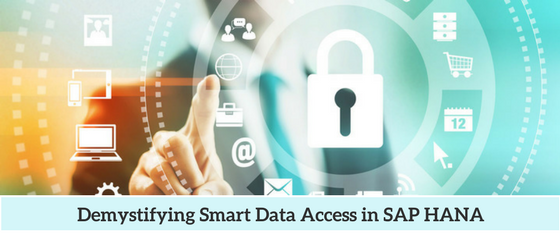
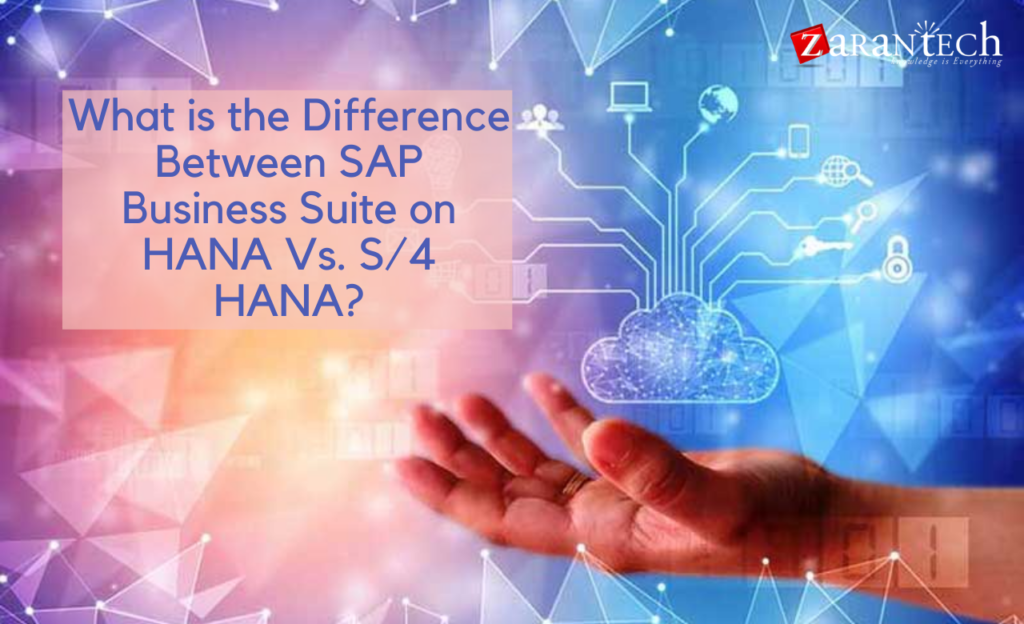

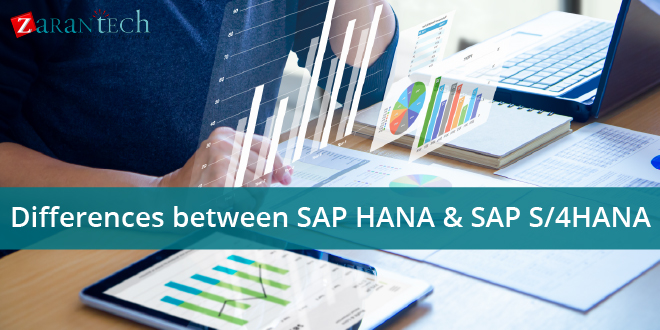
 99999999 (Toll Free)
99999999 (Toll Free)  +91 9999999
+91 9999999